How to Warm Up a Room
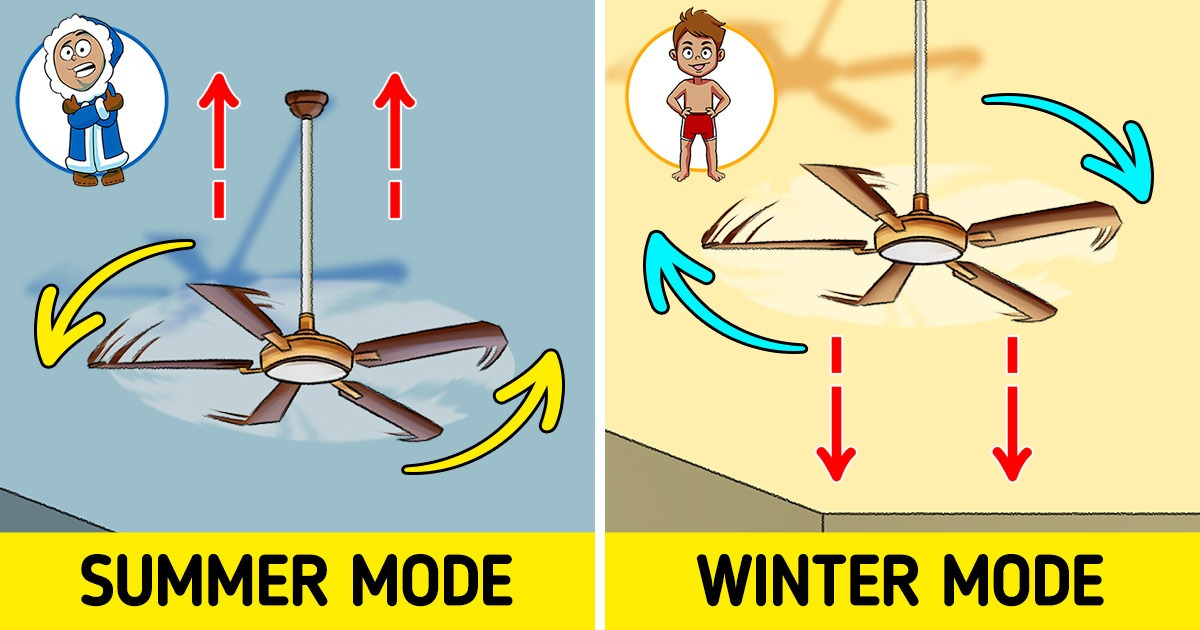
Warming up a room or an office can be tricky, especially if you don’t spend much time in there. Thankfully, there are simple tricks to help you heat a room quickly and save money on your electric bill. And, closing the curtains on the windows and clearing the area around the heater are just a couple of the many things you can do to help.
To learn more about how to warm up a room, read the 5-Minute Crafts guide.
1. Close the door when you enter the room.
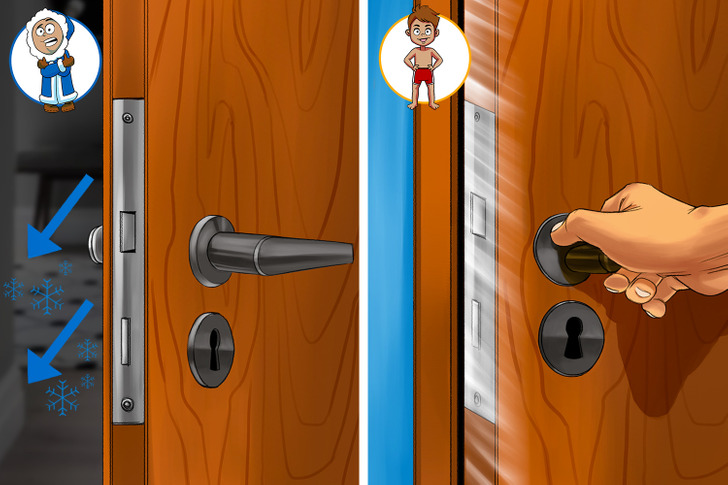
Many people fail to close the door when entering a room which results in heat loss. The point is to keep the heat trapped in the room you are trying to warm up, which open doors prevent.
So, close the internal doors of the room you heat leading to rooms you don’t heat to keep the warmth inside. Of course, it’s OK to leave the doors open between rooms you heat.
2. Close window curtains, blinds, and shutters at night.
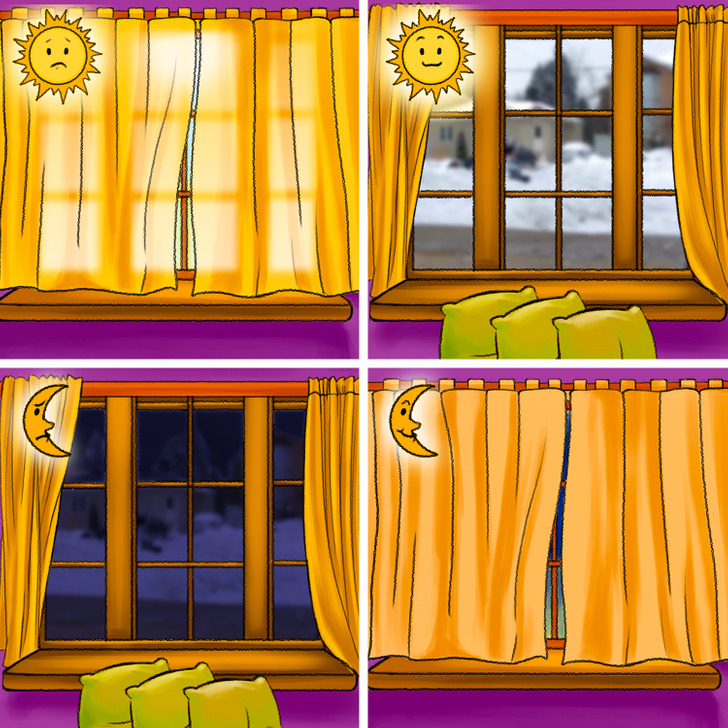
Closing the curtains, blinds, or shutters is an often-overlooked way of keeping the heat inside. For the best effect, you should close curtains, blinds, and shutters at night while keeping them open on a sunny day if the room is on the sunlit side. That way, you get natural warming for free.
It’s best if you have long curtains that go down to the floor or, at least, to the windowsill.
- Note: If you don’t have curtains, blinds, or shutters, you can use blankets to cover windows from the inside (you’ll have to hang them on something). This will insulate the room better.
3. Clear the area around the heater.
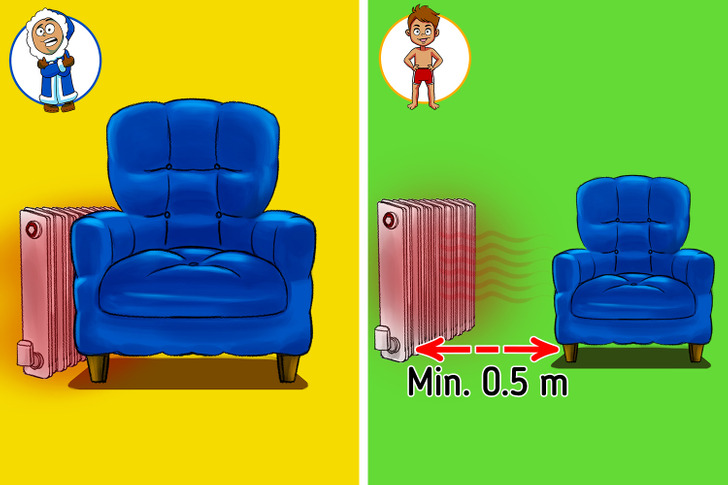
Before turning your heater or central heating system on, remove everything adjacent to them. That way, you ensure efficient heating and avoid safety hazards.
Efficient airflow is what you need to warm up a room or any other indoor space. And you disrupt the airflow by placing anything in front of your heater. It would be best if the nearest object is at least 2 feet (a bit over 0.5 meters) away from the heater, but the more, the better.
In addition, any flammable item that is near any space heater or source of heat could catch fire. So, removing everything from around the heater is a win-win solution.
- Note: If your heater has a smart thermostat, you can use it to schedule the heating and adjust the room temperature to your needs.
4. Inspect for cracks and other potential sources of cold drafts.
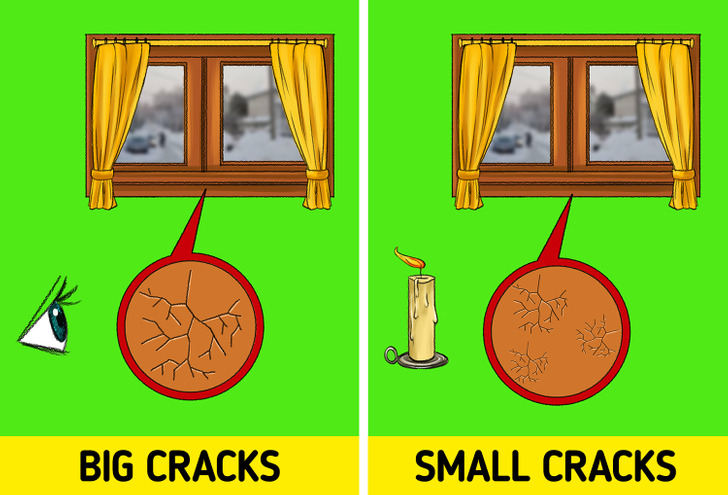
Window cracks and openings below doors are common sources of cold drafts. So, inspect for these tiny offenders once you take care of the basic steps and precautions we already mentioned.
First, do a visual inspection to locate cracks and other potential drafts sources. Try a smoke test even if you don’t see them, but still want to make sure they really aren’t there. If you have smoke detectors, disable them before proceeding with the smoke test. The easiest way to do the test is to:
- Close windows and doors.
- Turn off the heating.
- Use an incense stick or a candle near places you suspect have cracks to see if the smoke flickers or bounces around. Please be extremely careful while using the candle to avoid any potential safety hazards.
If you find drafts around doors and windows, you need to weatherstrip the cracks and openings. Depending on the accessibility and some other factors, you can use towels, blankets, V-Strips, or foam tape, among other materials, for this.
5. Reverse the rotation of your ceiling fan.
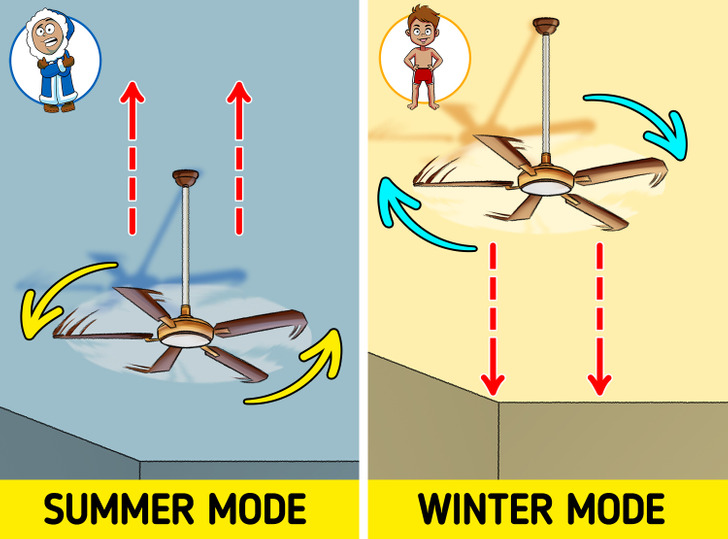
If you have a ceiling fan that has a winter mode, you can reverse its rotation to improve the heating in your room. That helps you keep warm air on the ground, which normally rises.
Ceiling fans typically rotate counterclockwise, helping you keep cool air below in the summer. But when you switch to the winter mode, your fan rotates clockwise. That way, it sends warm air downward.
- Note: The higher the ceiling, the better this trick works.
6. Cover the floor with carpets and rugs.
